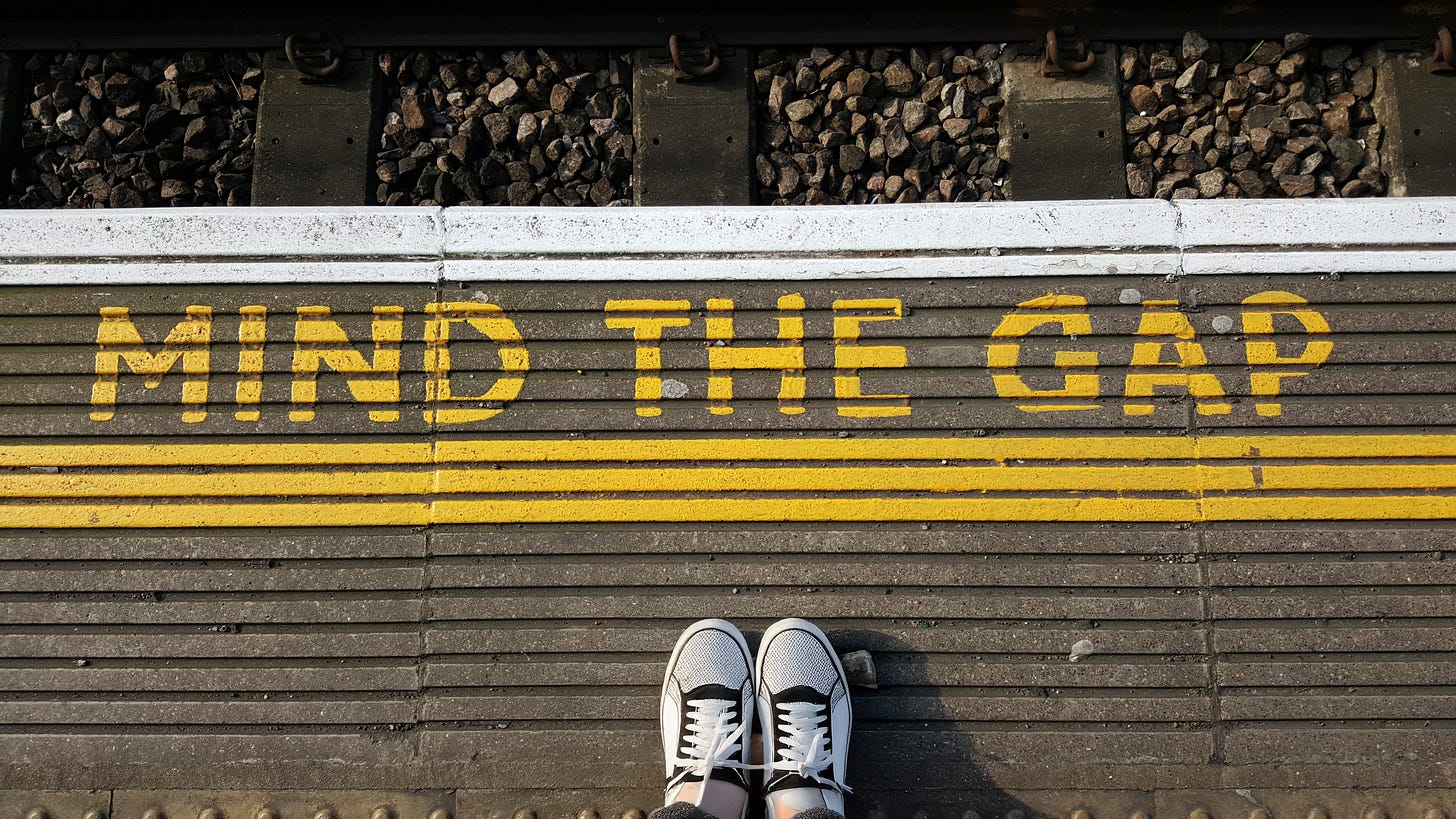I often get asked about the difference between boundaries and rules in open relationships. Although it seems like a straightforward distinction, even I sometimes say ‘boundary’ when I mean ‘rule’ or ‘agreement’ when something is actually a personal boundary.
What’s the Difference?
A boundary is a personal limit I set for myself—something entirely within my control. For instance, I go home (to my home) after a first date. It's a decision I make for my own comfort. Similarly, I choose never to send nude pictures. These are boundaries because they are personal and non-negotiable.
I love Dr. Becky Kennedy’s definition! “A boundary is something you tell someone you will do, and it requires the other person to do nothing.” And “a boundary is a way of telling someone what you need to continue being in a relationship with them that feels good to you.”
However, some statements that seem like personal boundaries need agreement to function. For example, I view my bed as a safe space, but for the past 14 years, I've shared it with my husband. If I decide that no one else can be in our bed, I need his agreement to uphold this, turning it into a rule. For many poly couples, only partners known to and comfortable with all household members may stay overnight.
Another example is that my husband now dislikes sharing his face on public social media. While he set this boundary, maintaining it requires others' cooperation, especially mine, making it a rule.
A rule is an agreement between partners about what behaviors are acceptable and which aren't. Rules require consensus and are about maintaining standards together.
Many couples, for instance, agree always to use protection with other partners. A friend recently told me her husband had unprotected sex, breaking what she thought was a boundary. In reality, he broke a rule, and she can uphold her boundary by not being intimate with him until after an STI test.
A boundary is only as strong as our willingness to uphold it. If a boundary is crossed, it is up to the individual to reinforce it and take action.
Am I nit-picking over terms? I hope not. Individuals have boundaries. Relationships have rules. In an open relationship, those rules are determined by the people involved, not society, religion, or tradition.
The Evolution of Rules
In this video, part of the Couples’ Guide to Opening Up Course, I share three examples of couples opening up who have different boundaries and rules based on their haves, wants and needs. And now that I rewatch the video, ugh! Even I mess up the terms! 📌 The full video is available for paid subscribers.
I also discuss how boundaries and rules can be different depending on the relationship's phase. When setting your boundaries and agreements, don’t feel you must copy other couples just because they’ve been open for longer.
Early Days: When Rich and I first embarked on our journey into an open relationship, we had specific rules in place to ensure a sense of security. We agreed to be each other's primary partners, applied veto power judiciously, and committed to safety practices such as regular STI screenings. We even had strict communication rules about when we tell each other what. These rules helped to anchor our relationship during its early, more vulnerable days.
How Things Have Changed: As our relationship matured and we became more comfortable with our dynamic, our need for stringent rules diminished. We no longer need veto power. Communication about other partners has shifted to a more natural flow, without the need for rigid schedules or prior approvals. Our financial decisions and shared responsibilities, such as raising our children and managing our mortgage, now do more to underline our partnership than any rule could. This evolution took time and trust.
I try not to get too caught up in the specific jargon—social media already has enough acronyms and debates around vocabulary in the ENM community! Initially, the term 'rules' was comforting with its clear structure when we opened up. But these days, I find the word 'agreements' feels more fitting and a bit softer.
The Framework of Boundaries and Rules
In the video, I introduce a model to establish personal boundaries and subsequently shared agreements regarding Who?, What? Where? When? And for all of those, Why?
This framework is simple, and yes, I even made worksheets (below) 😊 But it's meant to be a guideline for discussion. I enjoy writing these down, but you don't have to!
Listen to this episode with a 7-day free trial
Subscribe to Beyond Boundaries to listen to this post and get 7 days of free access to the full post archives.













